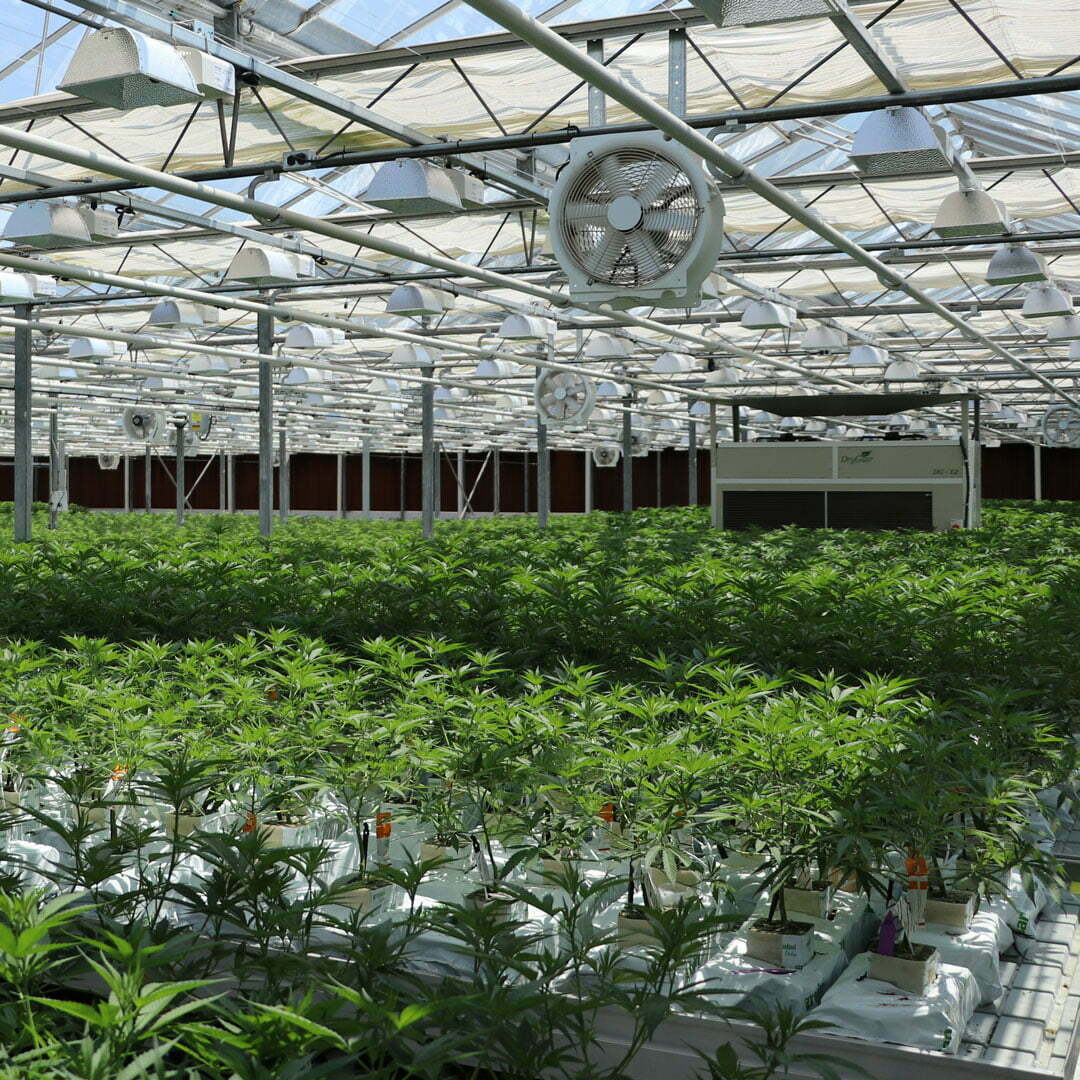Why Climate Uniformity Is Important for Greenhouses and Grow Rooms
Achieving and maintaining climate uniformity, in your greenhouse or grow room, lets you take better control of your environment, and optimize your use of climate control systems.
In an uneven climate, growers often find themselves overworking heaters or dehumidifiers, despite having overall comfortable conditions. This is due to humidity problems or diseases popping up in certain spots, despite having seemingly optimal conditions.
With a uniform climate, you can run your climate control systems, such as heating and humidity control, only when necessary for all plants.
Maintaining a uniform climate has many benefits. Mainly, it helps eliminate humidity related diseases, improve crop quality, increase yields, and reduce energy costs.
What Is Climate Uniformity?
Climate uniformity means having the same conditions everywhere at once. Including temperature and relative humidity (or VPD – vapor pressure deficit).
A truly homogenous climate would have the same conditions in all areas of the growing space, as well as between plants and inside foliage.
Why Is Climate Uniformity Important?
Disperse Microclimates
You can promote climate uniformity to eliminate microclimates and even out the conditions in your greenhouse or indoor grow room. Microclimates are pockets of air that contain different conditions from the rest of the space.
The most common problem with microclimates is humidity. Plants constantly transpire water vapor, which increases humidity around the plant. When plants are placed close together, or have dense foliage, the humidity can get trapped, resulting in humid microclimates. If unsure, you can measure the density of your foliage using LAI (leaf area index).
While prevalent in the cultivation of all crops, microclimates are an extremely common problem when it comes cannabis. The dense buds themselves may become humidity traps, which can lead to bud rot outbreaks (also known as botrytis or gray mold).
Without maintaining a uniform climate, you can have perfect conditions in one area, and high humidity in another. Without proper monitoring, many growers would battle this by constantly running dehumidifiers or heaters, even though it’s unnecessary for most plants.
Improve Plant Development and Combat Diseases
A uniform climate means uniform produce. When your plants experience different conditions, their entire development and fruit production can differ. Some may thrive, while others may give out small or no fruit.
One of the biggest problems with microclimates is disease outbreaks. Humidity related diseases such as downy mildew, powdery mildew, or Alternaria develop in humid conditions. One humid microclimate may be enough for mildew to appear and develop spores. These spores can then travel throughout the space, infecting other plants, even if humidity is lower in their area.
This makes diseases extremely hard to control in a non-uniform climate, even if you control and monitor temperature and humidity.



How to Achieve Climate Uniformity
The best way to create a uniform climate is by using air circulation. While most growing facilities have fans and vents, circulation isn’t quite the same.
Most fanning systems fail to homogenize climate conditions, even when combining vertical and horizontal fans. This is because it’s very hard to design an airflow scheme that reaches all areas evenly. Instead, they create a mess of air currents that don’t promote uniformity. While fans may disperse microclimates, they often end up creating different ones.
Air circulation, on the other hand, is designed to promote uniformity. Taking in humid air from the center of the space, and dispersing dry air in all directions, 360°, delivers the same conditions to all corners.
Additionally, by sucking in humid air from the bottom, close to ground level, and expelling it from the top, air circulation provides the best conditions on foliage level, where it has the most impact.
For more information on using DryGair for climate uniformity and humidity control in greenhouses and grow rooms, please contact us.





